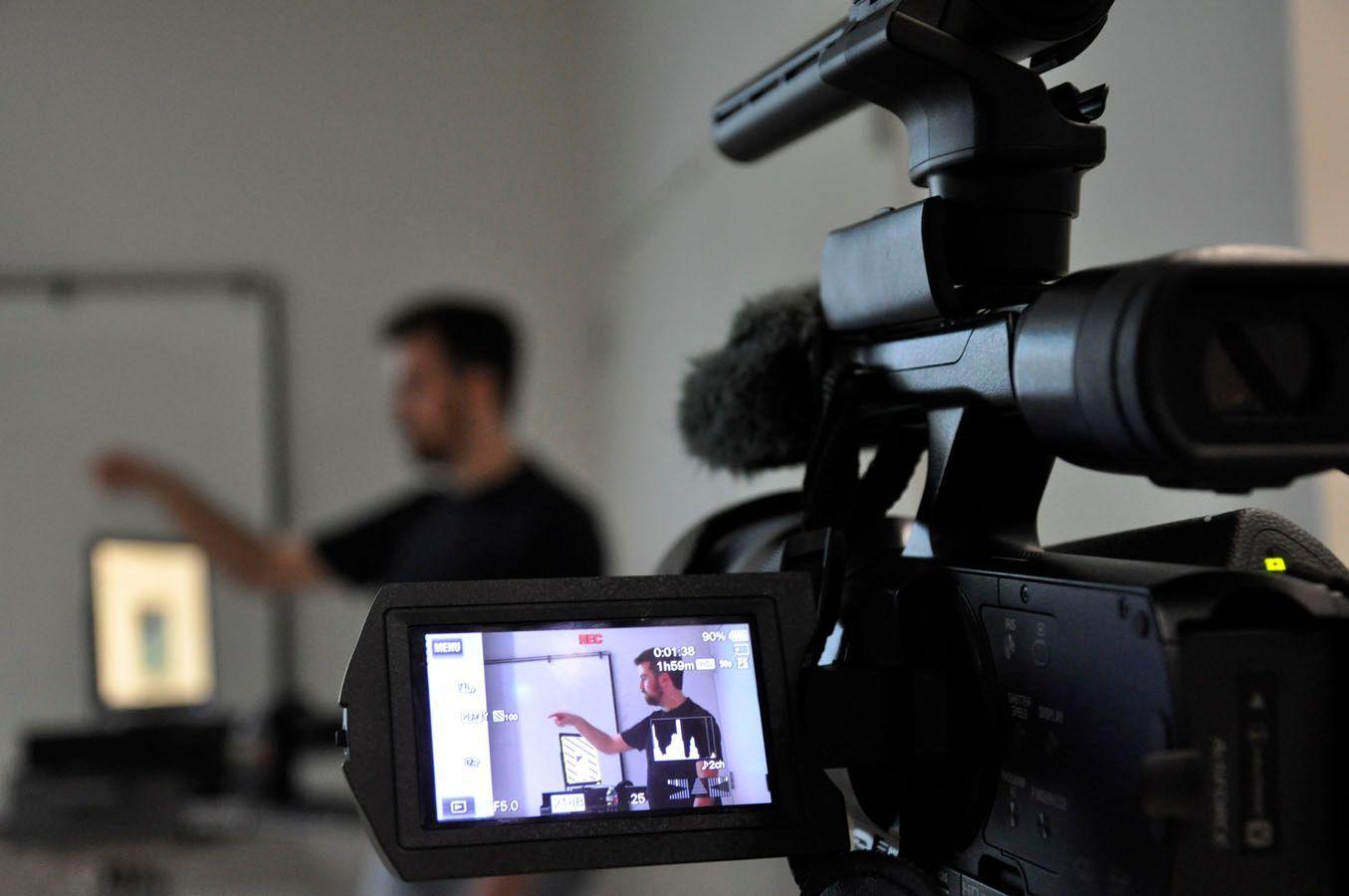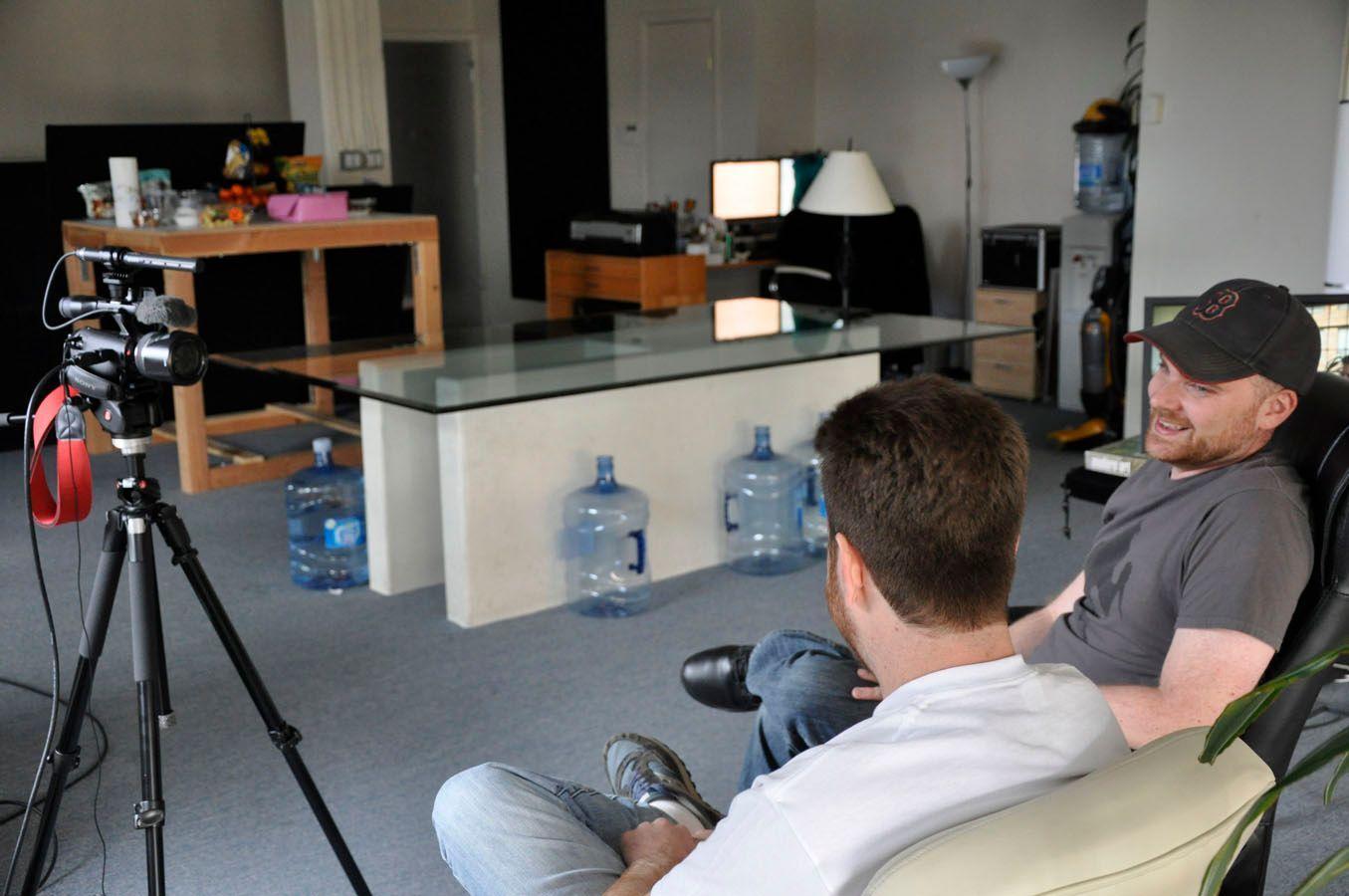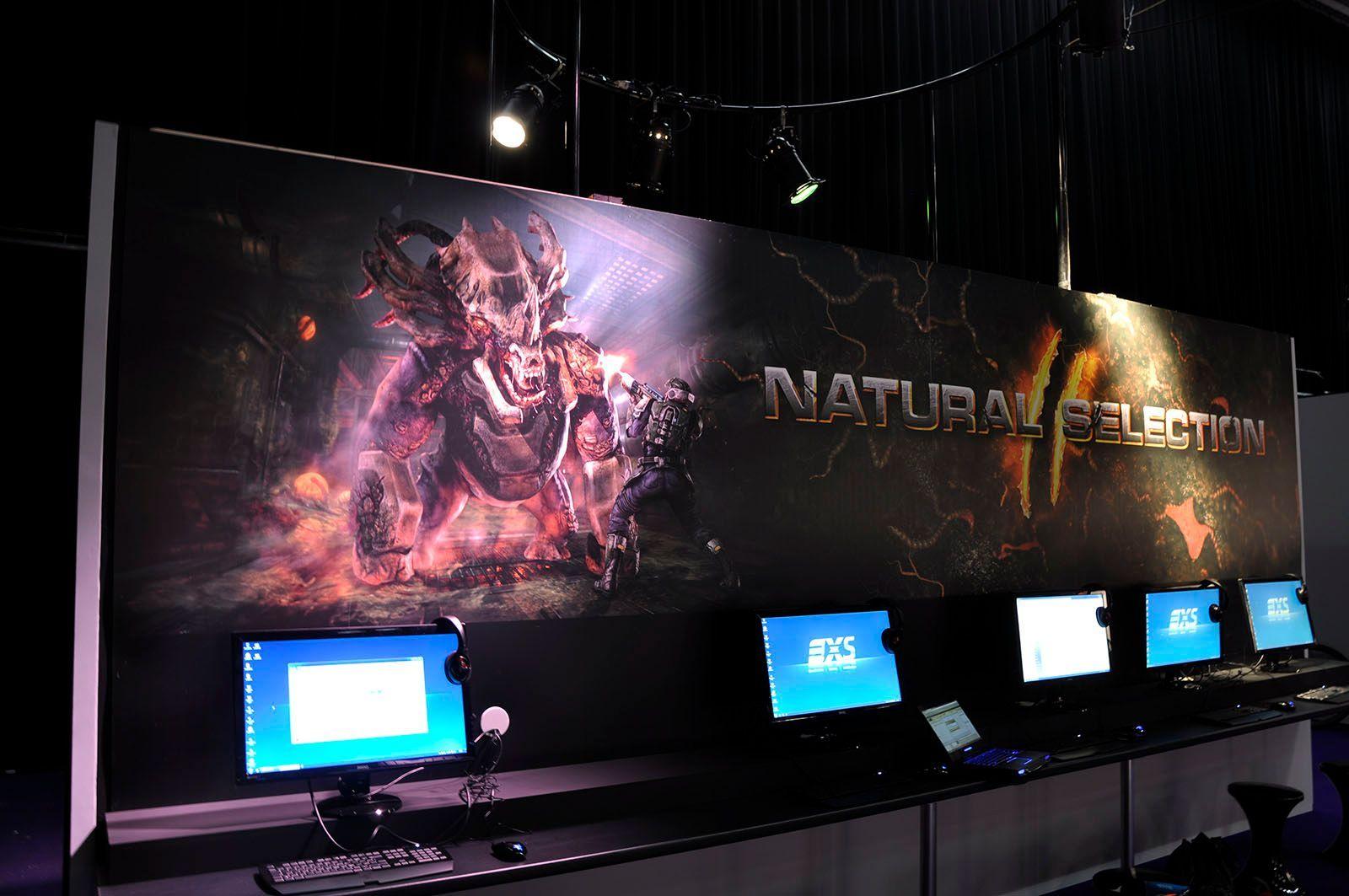Darkness and Noise: Open Game Development
'Open game development' is an oft quoted but somewhat nebulous maxim of Unknown Worlds, and many other indie game developers. Perhaps it can be defined as: "Game development in which the decisions, processes and people inside the developer are visible to consumers and other outside parties." Yeah, that will do. But what does that mean in practice? Cameras, microphones, writing, and social media. Truly, the practical application of open development is about communication. The media you use will invariably be blogs, videos, pictures, tweets, and other social posts. The degree to which you master those media will dictate the degree to which your development is 'open.' [caption id="attachment_850" align="aligncenter" width="650"]



Trade shows such as PAX, GamesCom and Rezzed are dark environments unsuited to outdoor lenses and small sensors[/caption] This means darkness, lots of it. When you combine darkness with the wrong lens and wrong sensor, you get the effect that plagues countless amateur office video productions: Noise. Noise is a camera upping its 'Gain.' Gain is an increase in voltage applied to the sensor, to electronically amplify its video signal. And it absolutely sucks. Gain allows consumer cameras, phones and other smaller devices to make a scene appear brighter than it really is. Hence why when looking at your iPhone screen, the office looks fairly bright. It is all a lie, when played back the fuzzy, colour sapping noise makes up a significant part of the difference between good looking office videos, and your usual amateur fair. How do we conquer the darkness and get rid of the noise? You can only do this when you buy the camera (and lens, if lenses come separately). The equation is simple: Assuming you can't move a lighting rig around your office, the only way to improve the quality of your image is to increase the size of the sensor, and / or decrease the amount of light stopped by the lens. [caption id="attachment_856" align="aligncenter" width="650"]









